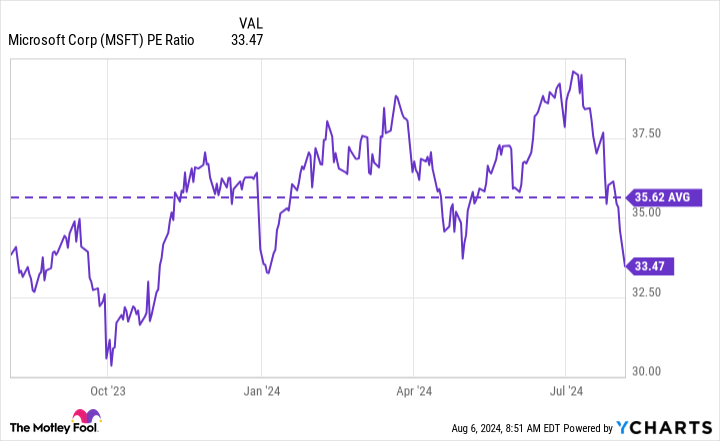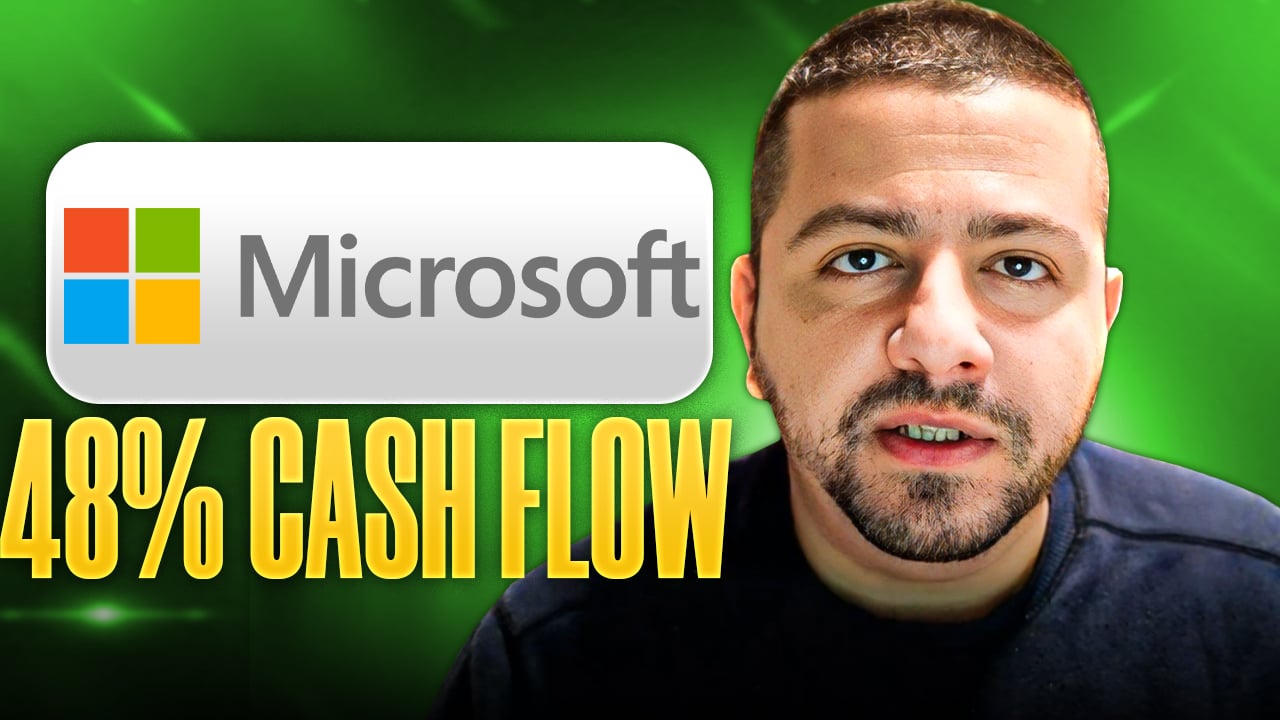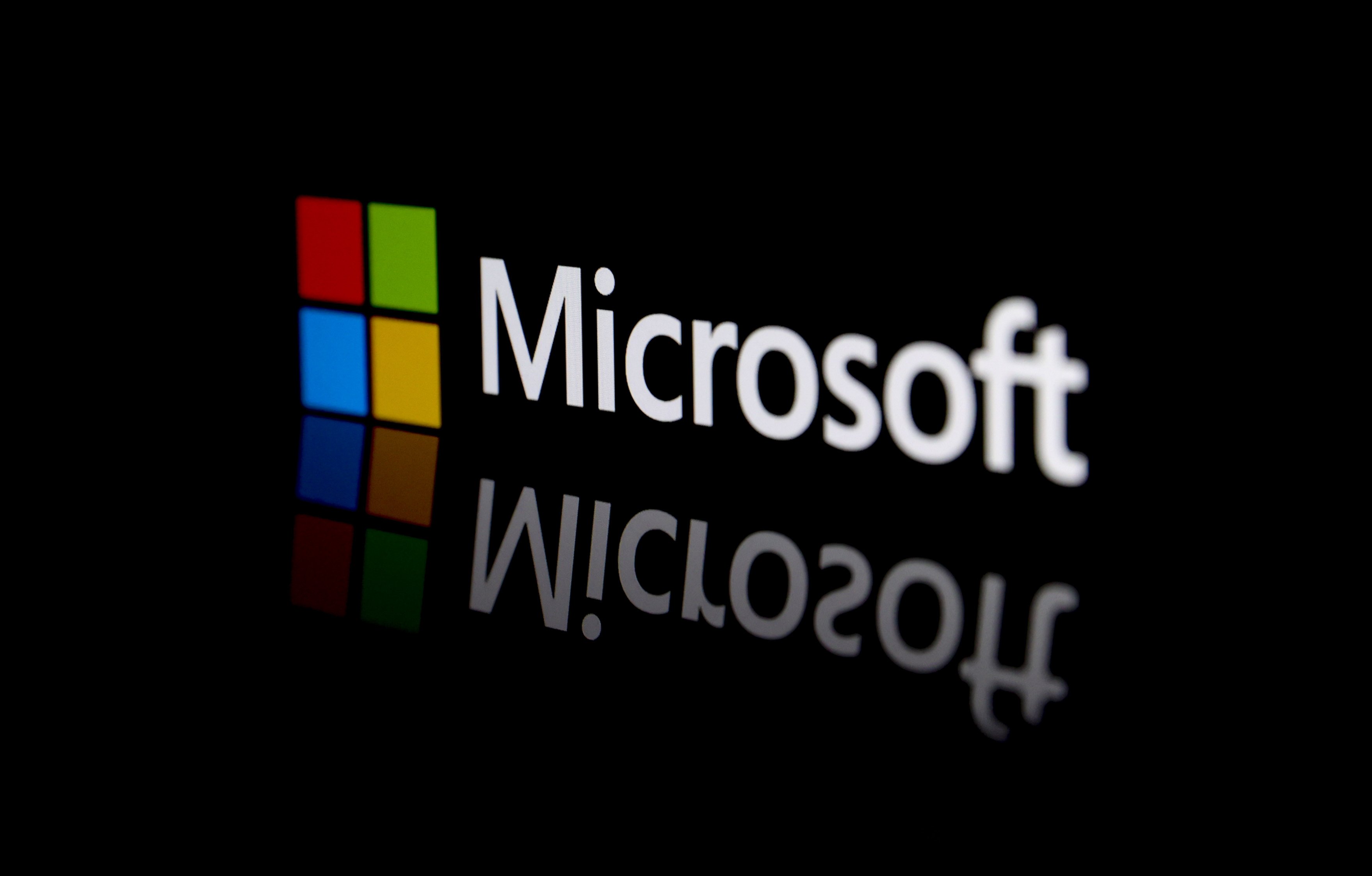The "Magnificent Seven" is the name given to seven of the most dominant tech companies: Apple, Microsoft (MSFT +1.66%), Nvidia, Alphabet, Amazon, Meta Platforms, and Tesla. Unfortunately, things haven't been so magnificent for these stocks over the past month or so, with none of the seven posting positive gains over that span.
Part of what has sparked this recent sell-off was Japan's decision to raise interest rates and the effect that has on investors (and many hedge funds) that engage in carry trades, a strategy where you borrow cheap money to invest in high-growth stocks, like the Magnificent Seven.
There's also the uncertainty lingering around the U.S. economy and fears about how that could play out. Despite all the uncertainty, Microsoft remains the stock I'd load up on during this time.
Many big tech companies rely heavily on a specific product or service
There aren't too many companies globally that have been as successful in as many different areas as Microsoft. It's like a big tech Swiss Army knife covering a wide range. And although other big tech companies may cover a lot of ground, many of them lean on particular products or services to keep the money coming in.
Here are five of the Magnificent Seven and their main revenue driver:
| Company | Product or Service | Percentage of Revenue |
|---|---|---|
| Apple | iPhones | 46% |
| Nvidia | Data Center (GPUs) | 87% |
| Alphabet | Google Advertising | 76% |
| Amazon | E-commerce | 82% |
| Meta Platforms | Advertising | 98% |
Source: Company financial statements. Percentages are rounded to the nearest whole percent.
Tesla didn't release vehicle-specific revenue data, but for perspective, its Model 3/Y deliveries accounted for over 95% of its total deliveries last quarter.
As these products and services go, so do these companies. If iPhone sales slump, Apple's revenue will take a hit; if GPUs slow down, Nvidia will be in trouble; and if businesses cut back on advertising spending, Alphabet and Meta will feel it.

NASDAQ: MSFT
Key Data Points
A wide net and corporate clients help shield Microsoft during tough times
Microsoft has three broad business segments, but they contain many different products and services:
- Productivity and Business Processes (31% of revenue)
- Office Commercial
- Office Consumer
- Dynamics 365
- Intelligent Cloud (44%)
- Azure
- Server products
- More Personal Computing (25%)
- Windows
- Devices
- Xbox
- Search and news advertising
If companies decide to cut back on recruiting on LinkedIn, Microsoft will still have its wildly successful Office software (Word, Excel, PowerPoint, Teams). If companies decide they'd prefer Amazon Web Services as their cloud provider, Microsoft still has its Windows devices, which thousands of companies use globally. If gamers decide to go the PlayStation route instead of Xbox, Microsoft still has its suite of enterprise services. So forth and so forth.
It also helps that many of Microsoft's clients are other corporations. Consumers are generally the first to cut back on their spending when the economy is shaky, while corporations typically maintain their investments in essential services and software.
It's much easier to skip an iPhone upgrade cycle, hold off on the newest Tesla, cut back on Google advertising, or avoid online shopping than to go without a cloud platform, enterprise software, or cybersecurity protection.
Now's a good time to begin playing the long game
Getting caught up in the stock market's short-term moves is easy. Even the most seasoned investors are guilty of this (myself included). However, it's important to remember that investing is a long-term move because losing sight of this could cause you to make short-term decisions that go against your long-term best interest.
If anything, sell-offs like the one we're witnessing are an opportunity to buy shares at much cheaper prices than before. Some people see trouble; some see an opportunity to buy the dip.
MSFT PE Ratio data by YCharts
Nobody can predict how the stock market will move, and it's out of our control. What you can control, though, is consistency. By dollar-cost averaging, you can offset volatility and avoid a situation where you invest a lump sum right before a huge drop. It's a great strategy for minimizing risk while putting yourself in a good position to build wealth long term.







